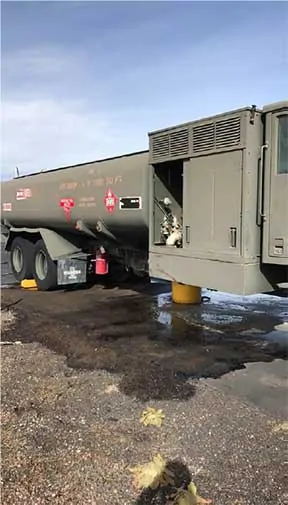

Background
This environmental insurance claim involved a spill of approximately 30 gallons of aviation gasoline (commonly referred to as AVGAS) at a small commercial and general aviation airport in Arizona. SCS’s client (the insurer) requested that we review the technical aspects of this claim, first to provide a source and timing determination to assist in their coverage evaluation, and then to monitor the project through regulatory closure. SCS’s role is to oversee that the investigative and remedial activities are cost-effective and regulatory-compliant.

Environmental Challenge
The spill occurred during fueling of an aircraft, with some of the spilled fuel flowing off the paved tarmac, affecting adjacent soils. The insured was the owner of the aircraft and it was their personnel conducting the fueling. Following an initial excavation of impacted soils, the insured’s consultant collected soil samples to delineate impacts. Found at that time were additional impacts that appeared to be residual soil impacts, possibly from other past unreported releases. Conducting further delineation sampling as directed by the regulatory agency defined a significant area of impacted soils. It was SCS’s opinion that this area of impact was too large to be the result of a 30-gallon spill, particularly when a portion of the spilled AVGAS was contained and some had evaporated.
When presented with a significant soil excavation proposal, SCS proceeded to review not only the analytical data collected but also the physical characteristics and locations of the observed impacts. We then compared that information with recent aerial imaging of the subject site and a different scenario emerged. We then compared that information with recent aerial imaging of the subject site and determined that the areas of contamination unrelated to the subject release were located where precipitation runoff from the paved tarmac was focused. Specifically, SCS theorized that minor, day-to-day surface releases occurring during normal fueling activities were washed off the tarmac by precipitation, thus accumulating in those specific areas where the runoff left the tarmac.
Outcomes and Benefits
Because of SCS’s investigation, the consultant revised the remedial approach, which was accepted by the regulatory agency. Site remediation was successful, received regulatory closure, and the claim closed by the insurer. The reduction in remedial scope recommended by SCS resulted in an approximately 50% reduction in associated costs.